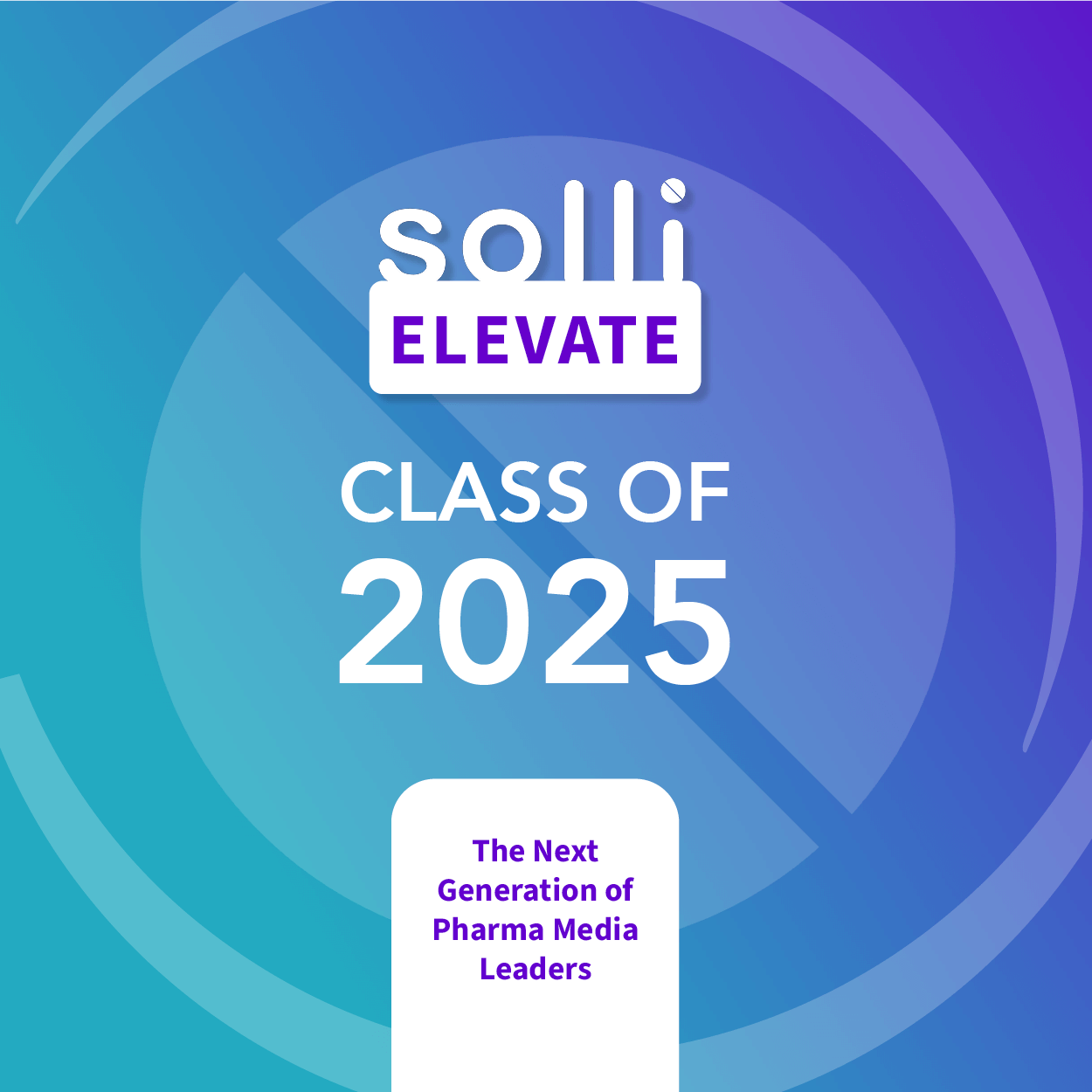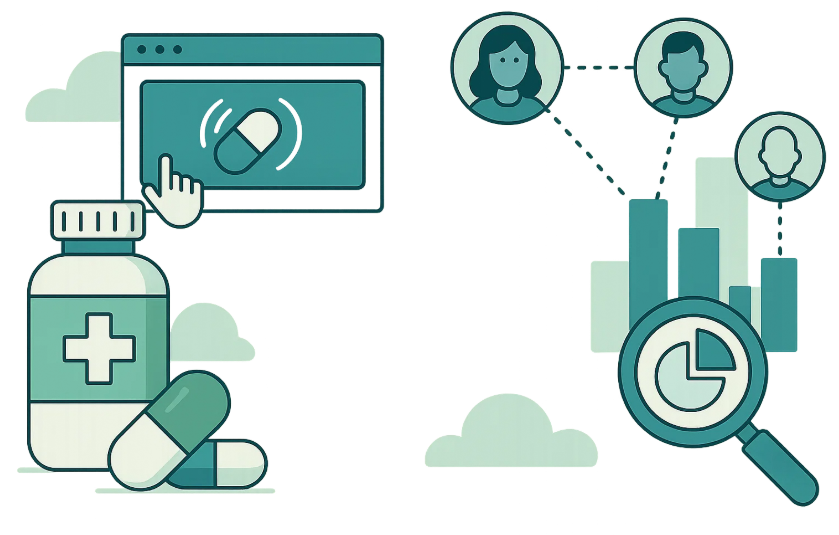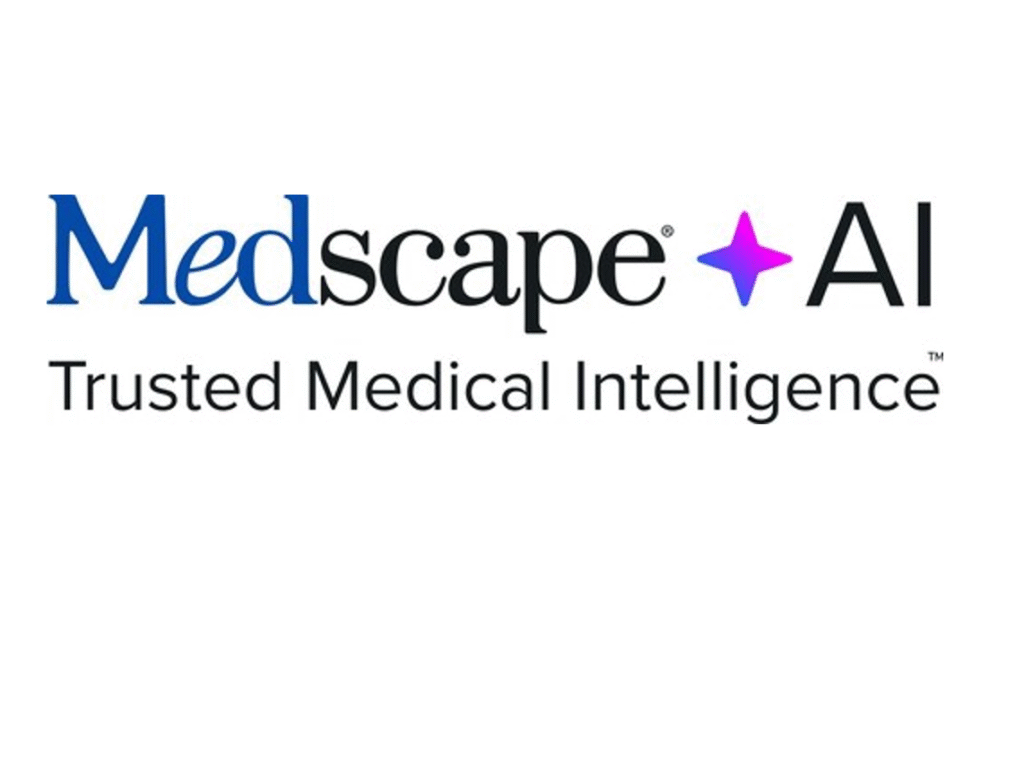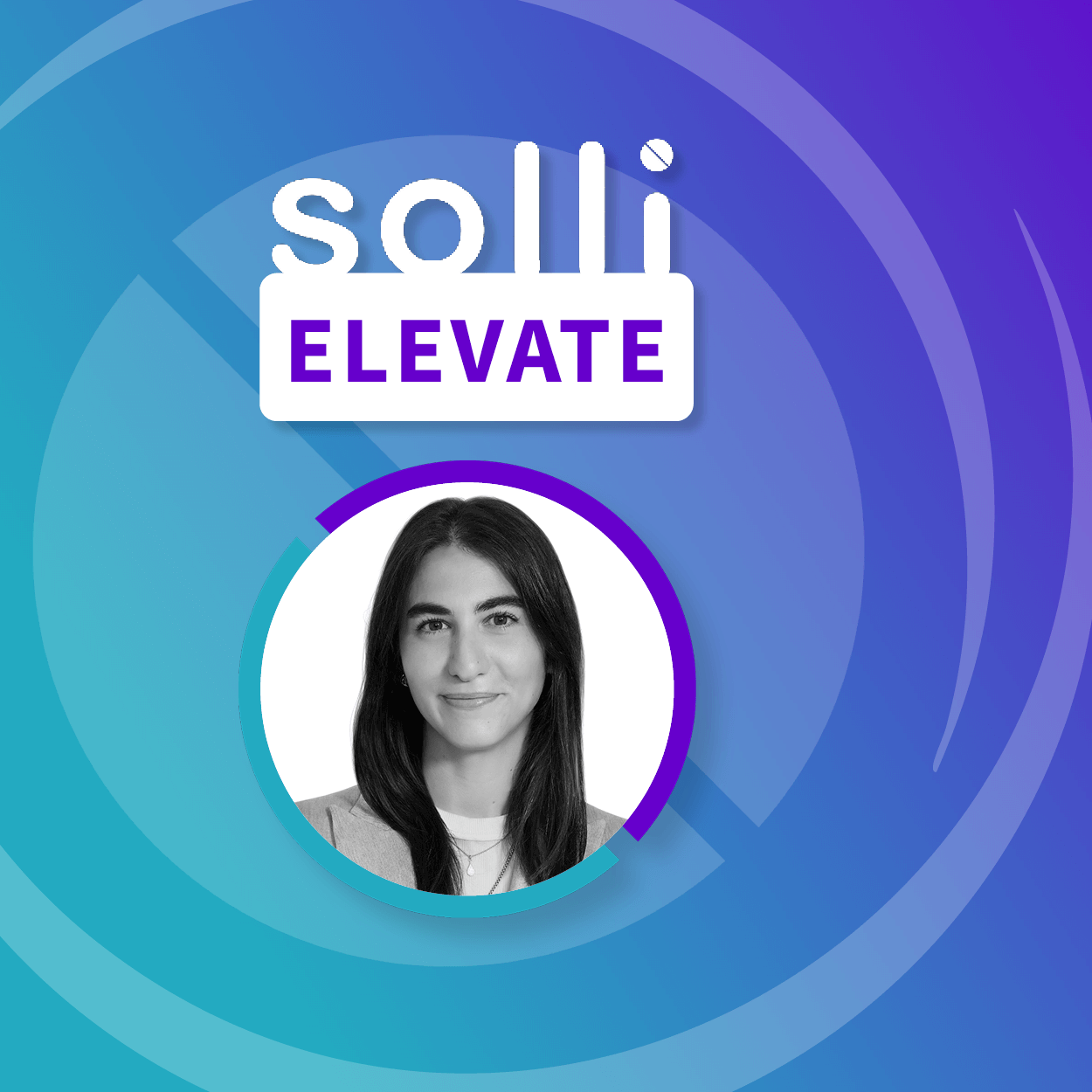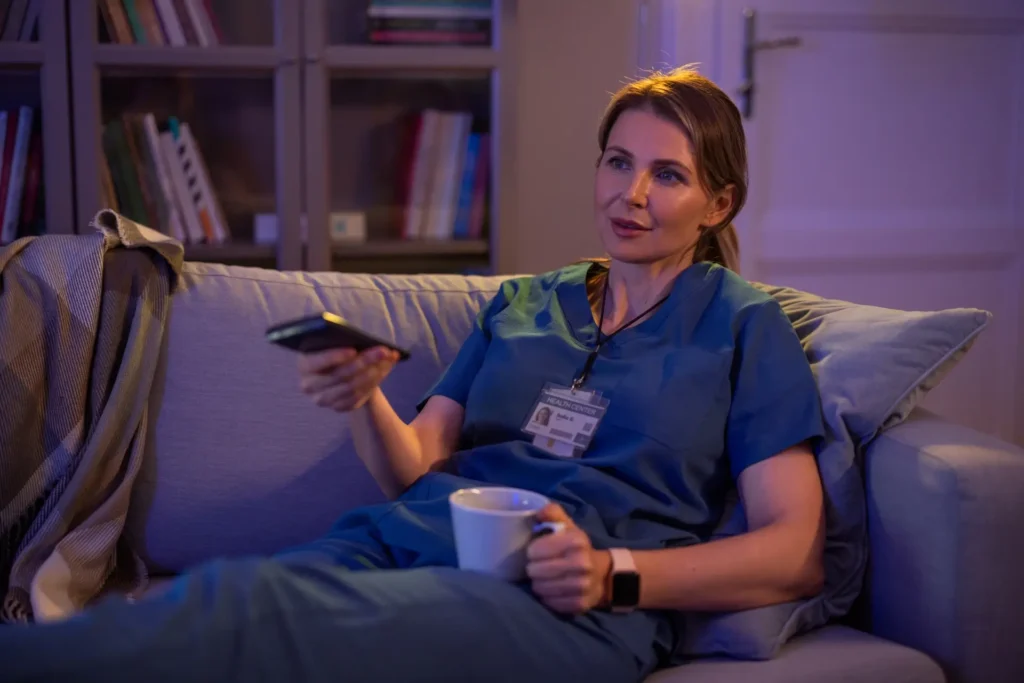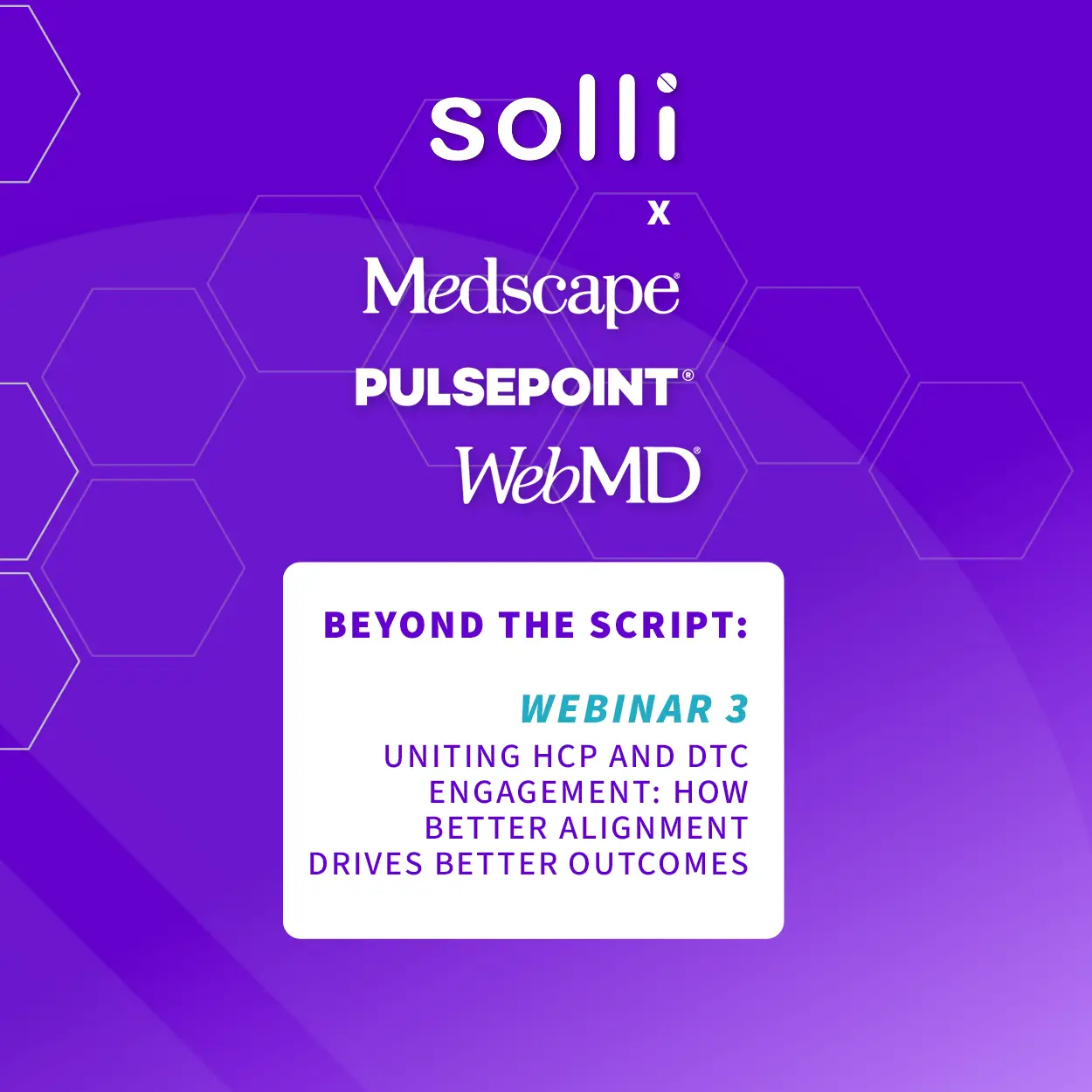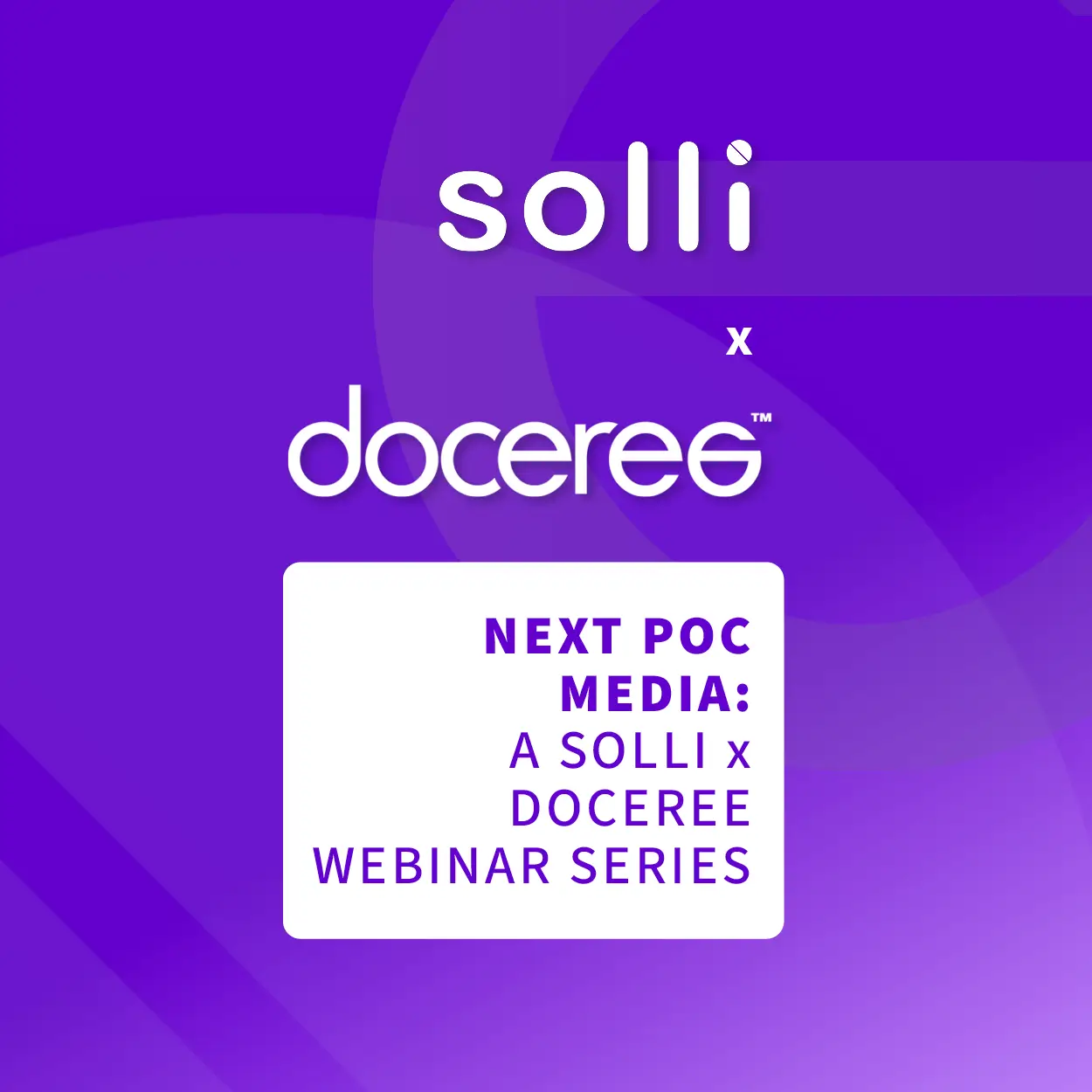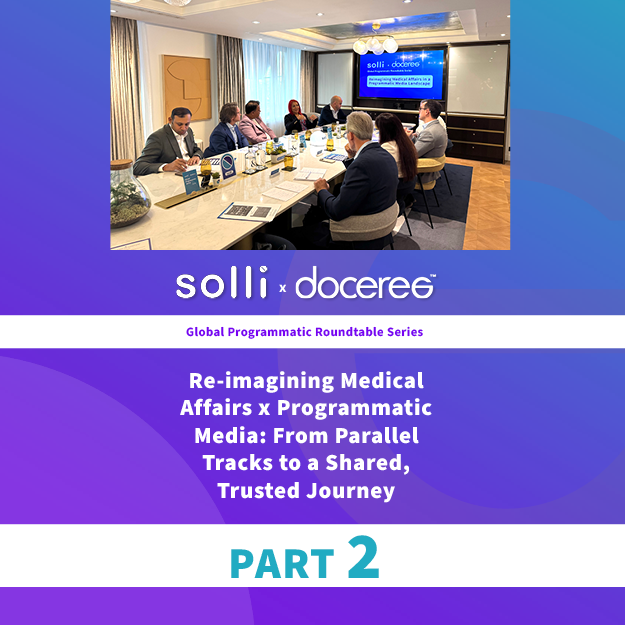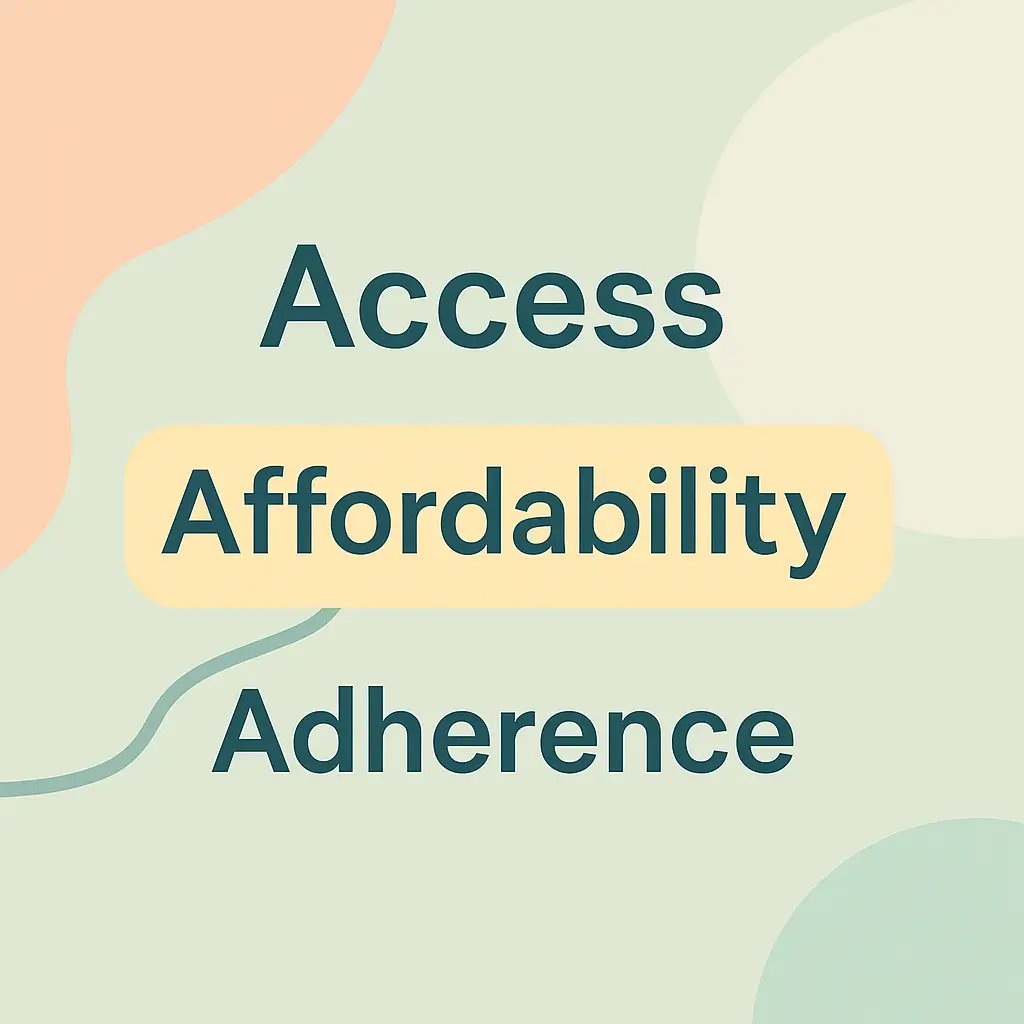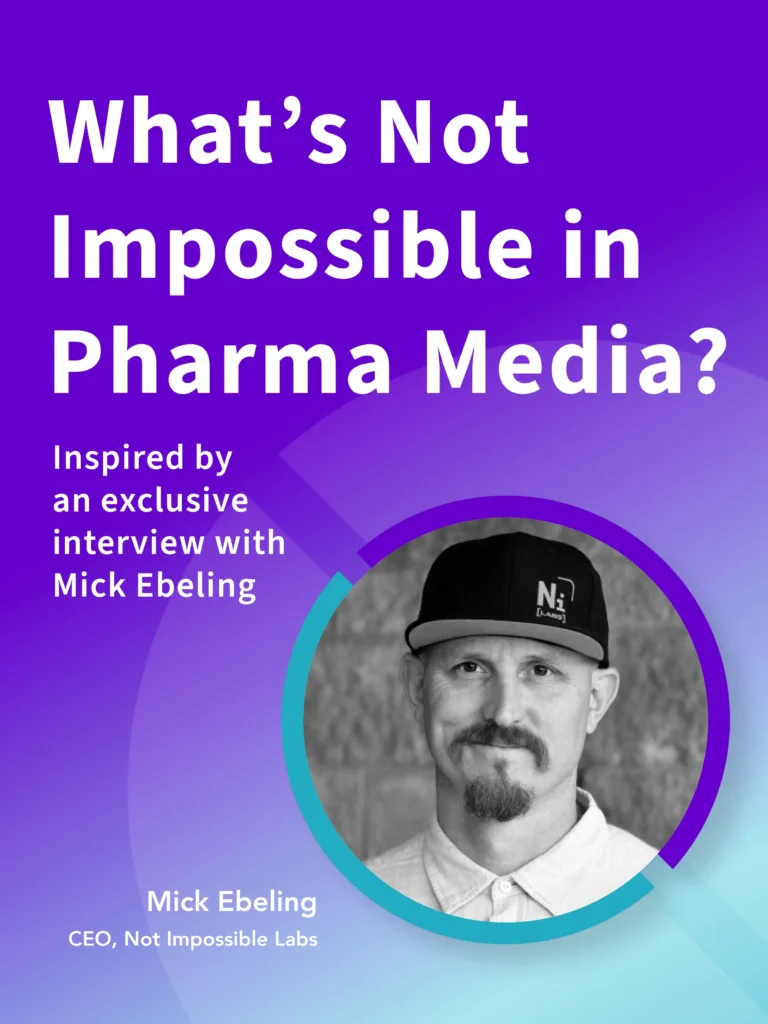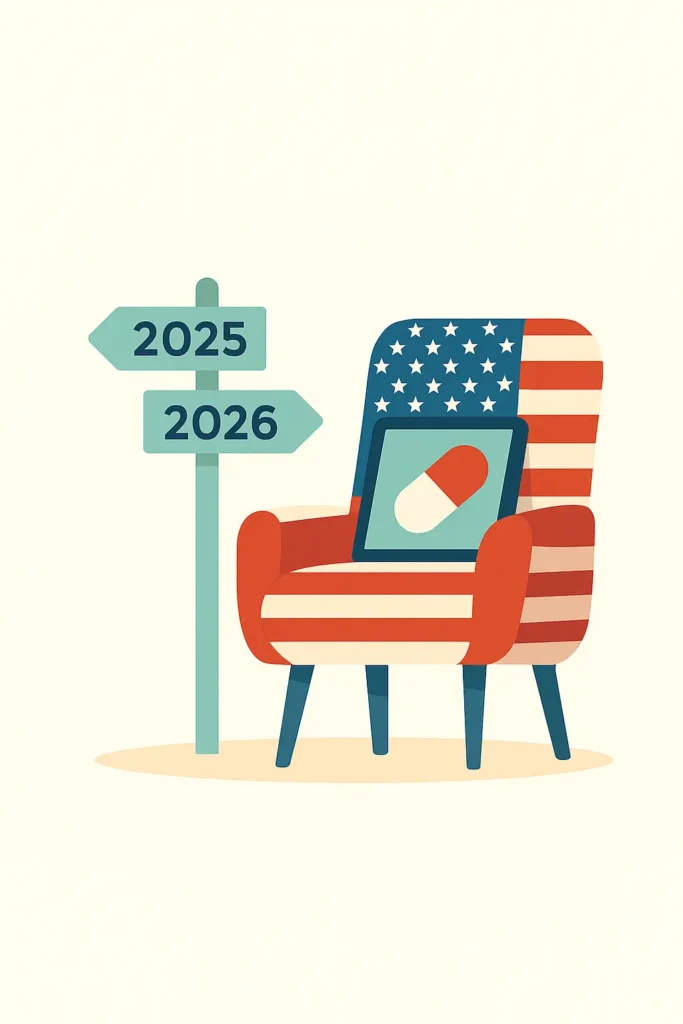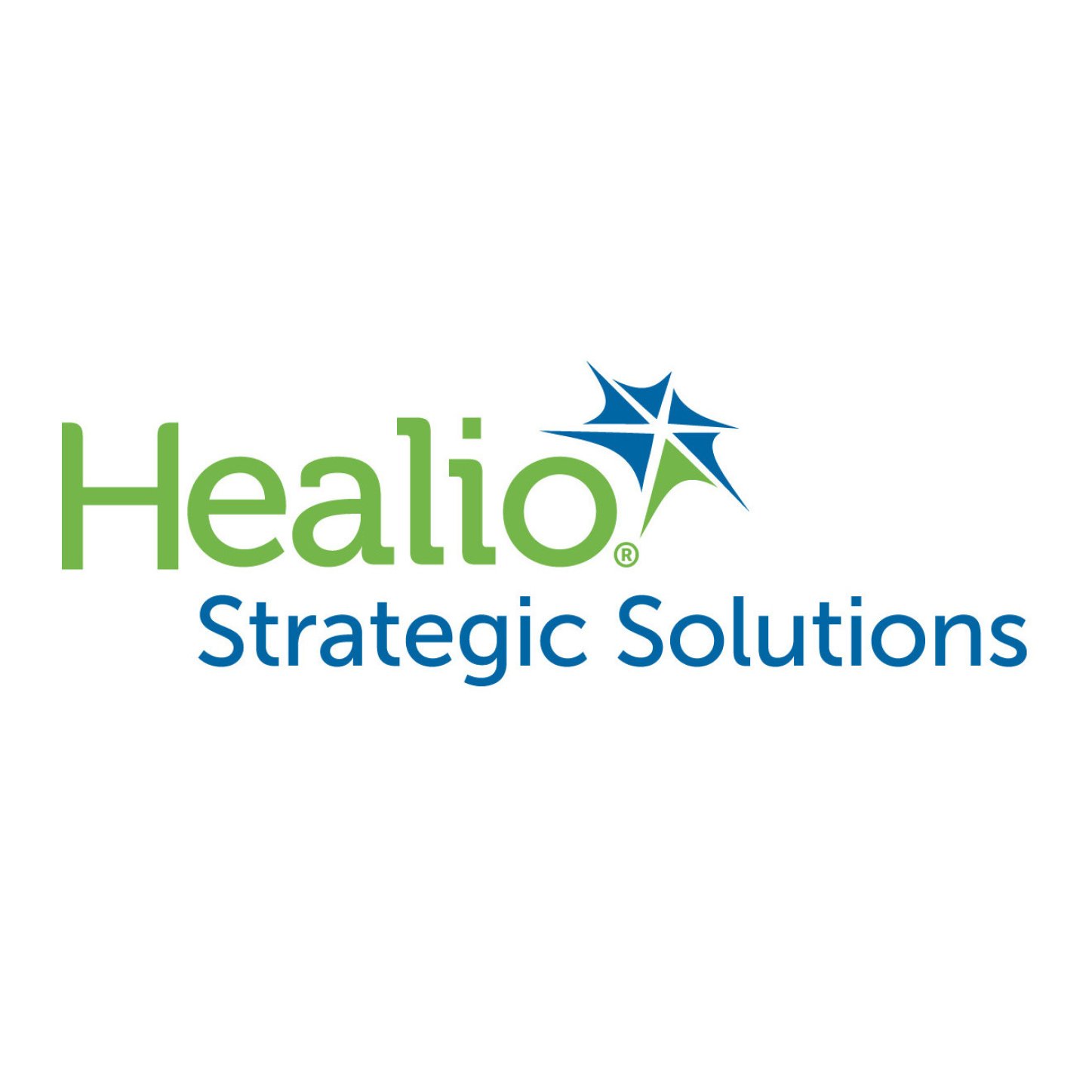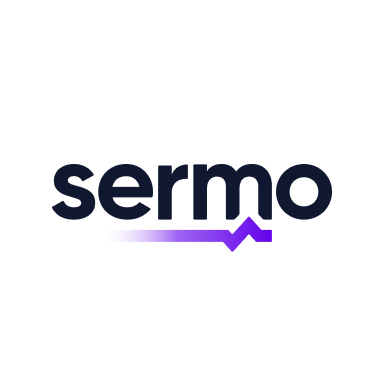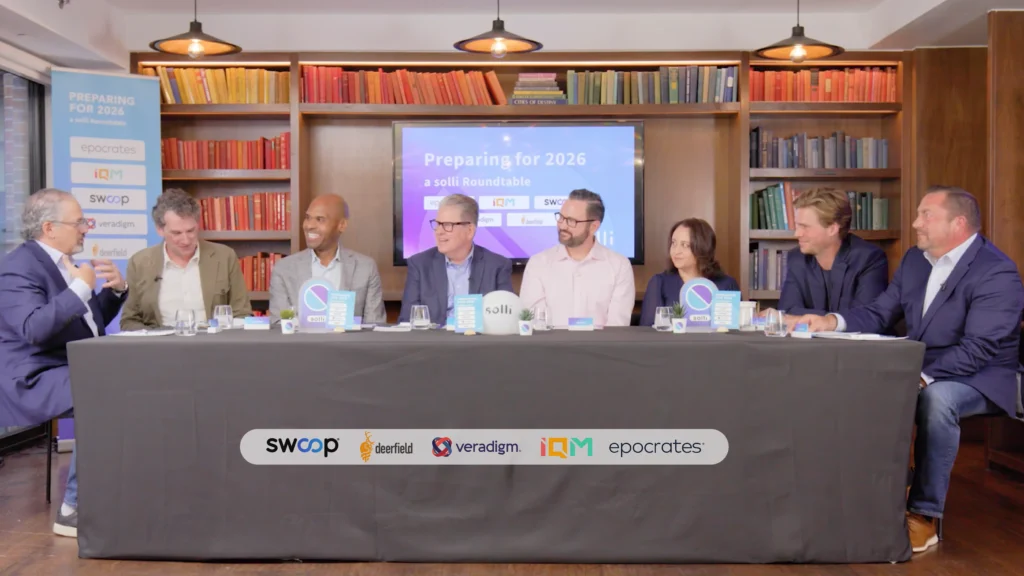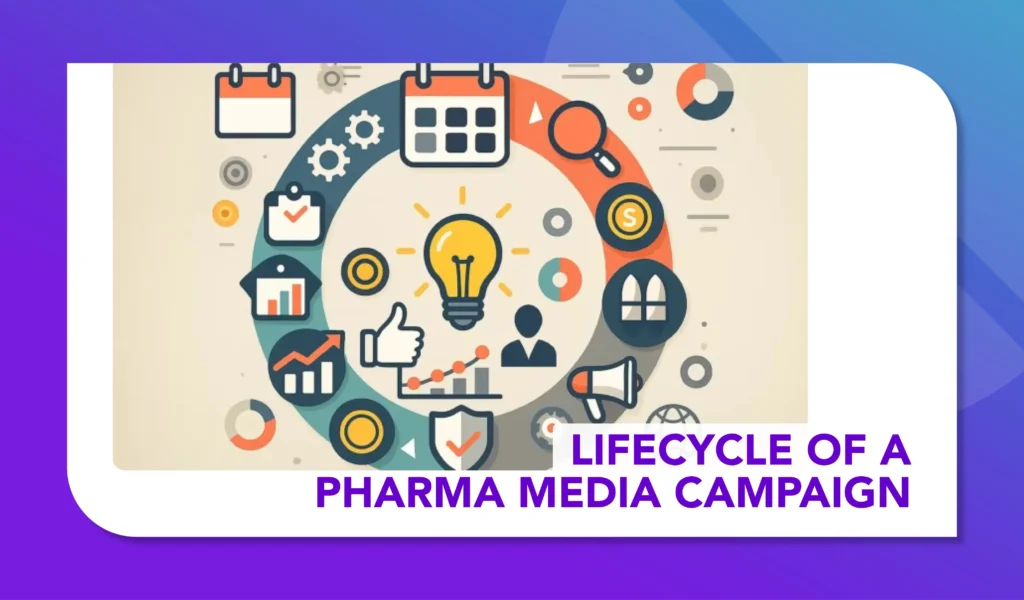Personalization in HCP Media
Why Local Insights Matter in Global Advertising Campaigns

In today’s world of international healthcare professional paid media, or healthcare marketing in general, far too often global campaigns take a one-size-fits-all approach to targeting.
Treating HCPs across regions, or even within an individual market, as a homogenous group that has a singular set of needs or preferences nearly always results in an underwhelming media campaign that fails to resonate with the target HCP audience. HCPs are inundated with information daily, making it essential for healthcare marketers to cut through the noise.
While global, or above-market, campaigns provide strategic consistency and scale, coupling global activity with local insights ensures audience relevance, engagement, and local regulatory compliance. The key to success is creating a balance between thinking globally and acting locally by leveraging broad media trends and global opportunities while adapting to the unique needs of doctors in different markets.
In this article, we explore why personalization matters, how local insights impact global HCP advertising campaigns, and how to strike the right balance for maximum engagement.
Think Globally, Act Locally
HCPs are a unique audience. They are highly educated, time-constrained, and make decisions that directly impact patient outcomes. Generic, one-size-fits-all messaging, especially if being delivered across multiple markets simultaneously, often fails to capture HCP attention or drive any meaningful engagement.
Many healthcare brands operate on a global scale, running paid media campaigns across multiple countries and regions. While global campaigns offer economies of scale and consistent messaging, they often fall short when it comes to personalization and fail to take into consideration the inherently local realities of healthcare.
Local insights are the secret sauce that transforms a generic global campaign into a personalized, impactful one. Doctors in different countries operate within distinct healthcare systems, reimbursement structures, and clinical guidelines. A global campaign that doesn’t account for these differences risks being ineffective.
Furthermore, we know that not all doctors consume media the same way. Each year, CMI Media Group publishes Media Vitals™ and Media Vitals™ Global, two surveys that learn about the channel preferences and media habits of HCPs across three continents. Something we learn consistently from this data is that, while there are many similarities between HCP habits across markets, there are always local nuances that need to be considered.
Even among HCPs working in the same therapy area in neighboring countries, there are notable differences that arise in media preferences. The continued importance of print journals as a key channel in Germany compared to nearly any other European market is a well-known phenomenon to anyone who has ever planned German HCP media, for example.
Understanding these local nuances can have a hugely beneficial impact on global media campaigns, but so does understanding the similarities, of which there can be many which offer huge opportunities to reach HCPs at the same time and place while still allowing us to embrace personalization in HCP media campaigns.
The Power of Partnerships
A digital platform like Medscape, for example, has strong audience penetration across most audience groups and countries, making it a great partner for global campaigns. Even more so, following their launch of Medscape Extend, which has resulted in so much more potential advertising impressions targeting verified HCPs being available, which means more opportunity to test personalization.
Within a platform like Medscape, or other similar global HCP platforms, messaging can still be tailored at the country level, or even more granular, to reflect the local requirements that a pharmaceutical company’s first-party data suggests are most important. Advances in AI and data analytics enable pharma companies to personalize HCP campaigns at scale. By integrating local prescribing data, search behavior, and content preferences, companies can deliver hyper-relevant messaging.
Understanding Consumption Preferences with Media Vitals™
A question we often receive when we are first discussing global engagement strategies for HCPs that are built on a foundation of local personalization is whether the HCPs would respond positively to being exposed to personalized ads, or would they view it as being intrusive.
Fortunately, the Media Vitals™ Global survey asked European and Canadian HCPs about this specific topic. The research found that when asked if they were comfortable or suspicious about receiving personalized advertising from pharmaceutical companies, two-thirds of respondents were comfortable with being exposed to such advertising. And importantly, almost 80% of HCPs said they were more likely to engage with personalized advertising.
For global HCP media campaigns to be effective, they must be strategically aligned yet locally relevant. By incorporating regional prescribing behaviors, cultural nuances, and media consumption habits pharma companies and agencies can create more impactful campaigns for doctors worldwide.
Matt Durham is VP, Global Engagement Strategy. Matt is responsible for leading CMI Media Group’s international expansion in media strategy.

